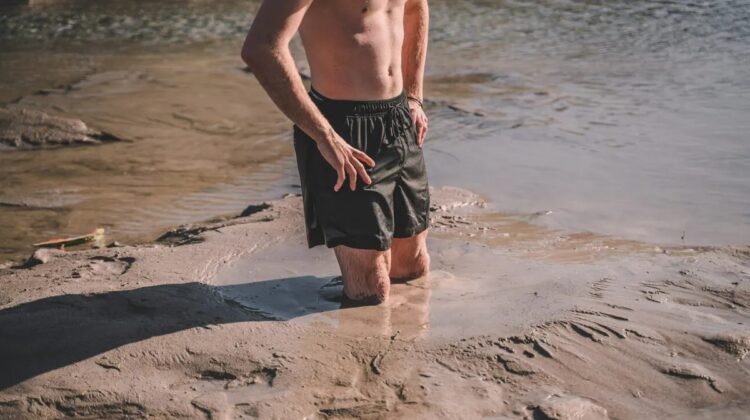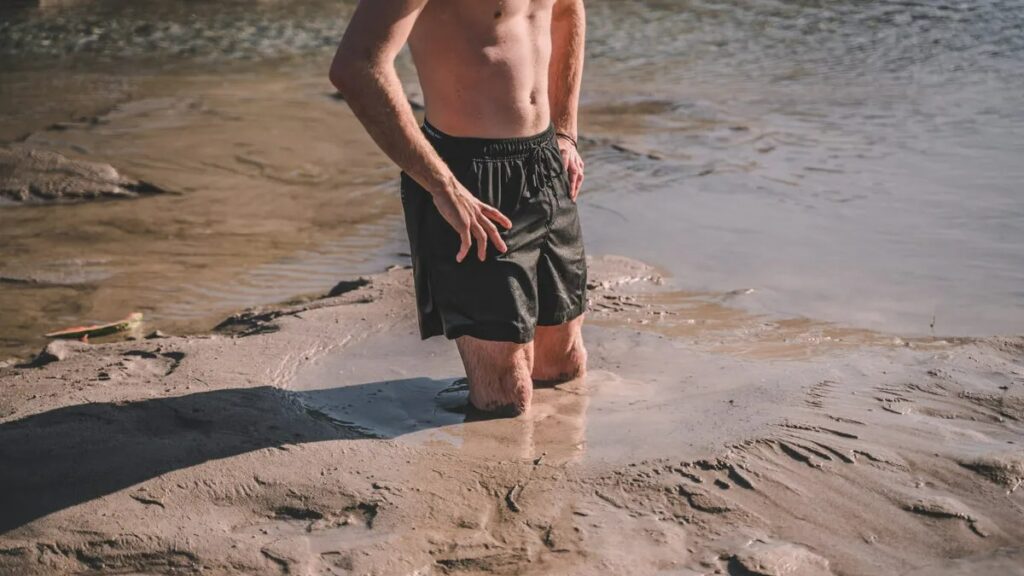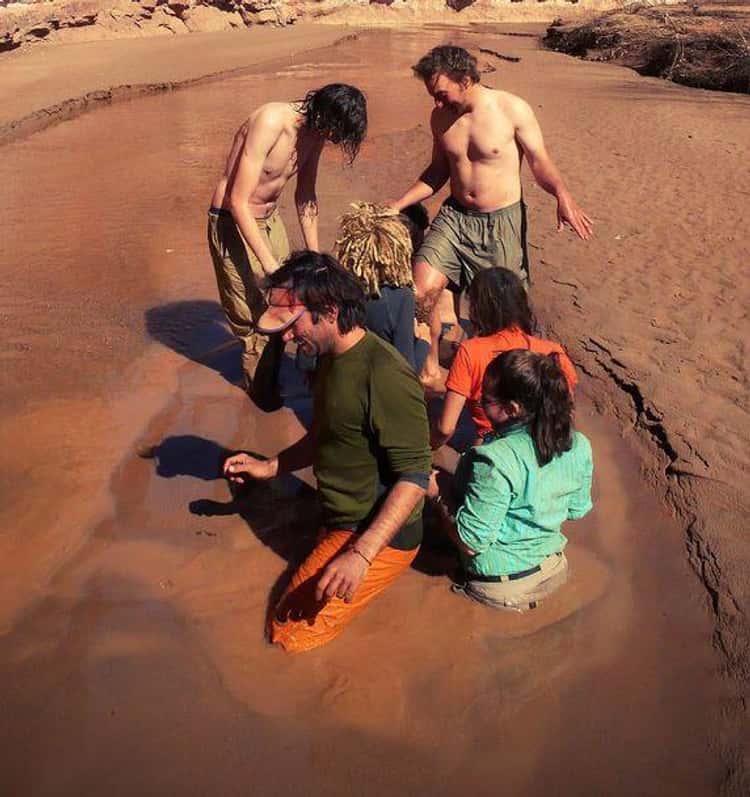
If you grew up in the 1980s and 90s, the mere thought of quicksand might evoke memories of dramatic movie scenes and animated characters sinking into a perilous abyss. However, the reality of quicksand is far less threatening than the cinematic portrayals led us to believe.
Despite its prevalence in the world of entertainment, quicksand is a relatively insignificant threat to your well-being and rarely makes an appearance in adult life. Nevertheless, this slurry-like solution composed of sand, silt, or clay mixed with water is a real phenomenon that deserves a level of caution.

Image credit: William.Visuals/Shutterstock.com
Quicksand’s prominence as a Hollywood trope skyrocketed during the post-war era, featuring in action-packed B-movies that showcased dramatic deaths and exotic plot devices. According to Slate, nearly 3 percent of films in the 1960s included scenes of characters sinking into mud or quicksand, with iconic instances like Lawrence of Arabia perpetuating the cliché.
The trend persisted through the 1980s, with about one in every 75 new films featuring some form of sand quicksand, such as The Princess Bride and The NeverEnding Story. Although quicksand cameos have declined in recent decades, they still make dramatic appearances more frequently in fictional depictions than in real-life scenarios.

Understanding Quicksand
Quicksand is essentially a sludgy mixture of sand, silt, or clay combined with the right amount of water, creating a surface that appears solid but behaves like a semi-viscous liquid. Commonly found near bodies of water like riverbanks or beaches, quicksand’s sediment becomes saturated, making it more prone to formation.
Functioning as a non-Newtonian fluid, quicksand’s apparent viscosity decreases with applied stress, behaving like a solid. Running across it without sinking is theoretically possible, but any attempt to pull a limb out can cause it to seize up, adhering to the infamous mantra: “the more you struggle, the more you’ll sink.”

Can Quicksand Fully Submerge You?
Contrary to cinematic portrayals, it’s challenging for a human to completely submerge in quicksand. Research by Dutch scientists, reported in the journal Nature in 2005, revealed that humans are about half the density of quicksand, making them theoretically float on its surface if they refrain from struggling. However, it’s advisable to discard any possessions like backpacks to enhance chances of staying afloat.
According to the study, a person trapped in salt-lake quicksand is unlikely to be sucked under completely. Instead, they should sink halfway but face no risk of being drawn beneath the surface.

Is Quicksand a Real Danger?
Quicksand-related deaths are exceptionally rare, and health authorities, including the US Centers for Disease Control and Prevention, do not collect specific data on such incidents. Fatalities involving quicksand usually result from individuals becoming stuck and succumbing to other factors like dehydration, hypothermia, or drowning from rip tides.
While freak accidents can occur, quicksand poses minimal danger in everyday life.

How to Escape Quicksand
In the unlikely event of finding yourself stuck in quicksand, remain calm and avoid panicking. Flailing around may exacerbate the situation. Counterintuitively, leaning back and spreading your weight evenly can help you float on the surface rather than sink. Gently wiggling your legs introduces more water, liquefying the sediment.
Seek external help promptly, as time is of the essence. Acting quickly and calmly increases your chances of a safe escape from this Hollywood-fueled myth of quicksand’s lethality.

Leave a Reply